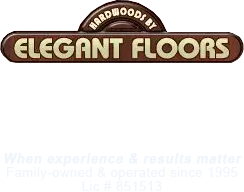Installing hardwood flooring can be a significant investment in your home or business. Perhaps you’re revamping your East Bay Area IT company’s headquarters. Or maybe you’re helping your mom remodel her kitchen. In any case, you want to understand your flooring options, and want to learn more about engineered hardwood floors.
The Basics
Engineered hardwood flooring has a substrate at the bottom that consists of plywood or other kinds of wood “mashed together.” This substrate is then topped off with veneer – which is the part that you see. Depending what the substrate layer consists of, engineered wood flooring offers some significant benefits, including reduced tendency to warp and a reduced likelihood to buckle.
What to Look For
You can buy pre-finished boards or you can finish your own boards (or have someone finish them for you) to create the perfect aesthetic solution for your space. The elements that can be important are quite diverse and include: the length and width of the planks, the number of grooves on boards, the grade of wood you chose, the environmental friendliness of the substrate, the glue or other adhesion elements used, etc. You can also use many different processes to install engineered wood flooring, including: “floating” the floors to prevent warping, click locking boards together, almost like puzzle pieces, adding underlay to dampen sound, the glue down method, the staple down method, etc.
Making the Right Choices
To understand the most aesthetic, cost-effective, environmentally friendly, and otherwise precise solutions to your engineered hardwood flooring needs, you really can benefit from the counsel of an expert. The team at Elegant Floors is here to help. Connect us with us today online or call us at our toll free hotline for immediate assistance with your flooring challenges.




